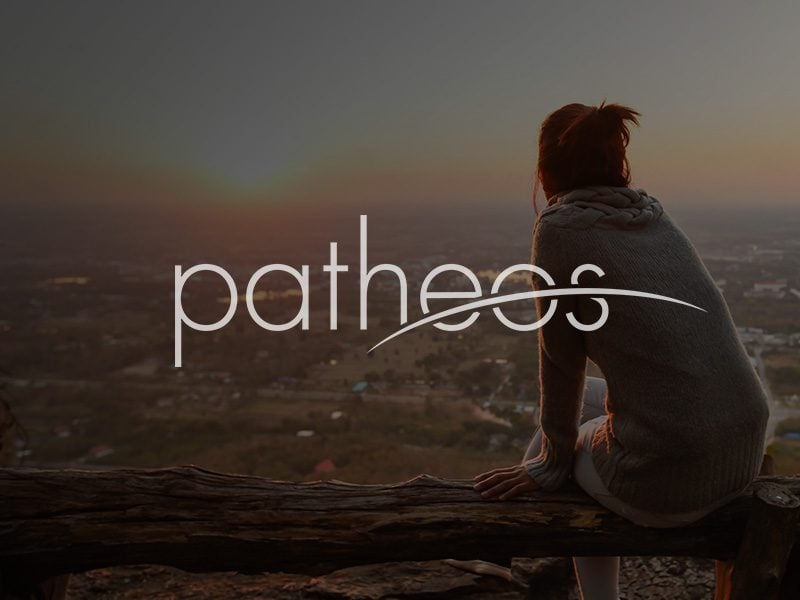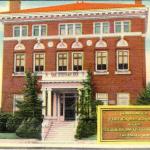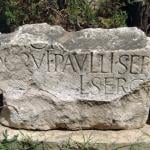In a Mars Hill Audio interview, Victor Lee Austin talks about his recent book, Up With Authority: Why We Need Authority to Flourish as Human Beings . He uses the analogy of an orchestra to indicate how fundamental authority is to certain forms of human flourishing. Orchestral music is one of many kinds of collective human activity that cannot be achieved without authority. The reason, Austin argues, is that there is no single right answer to the question “What shall... Read more
















